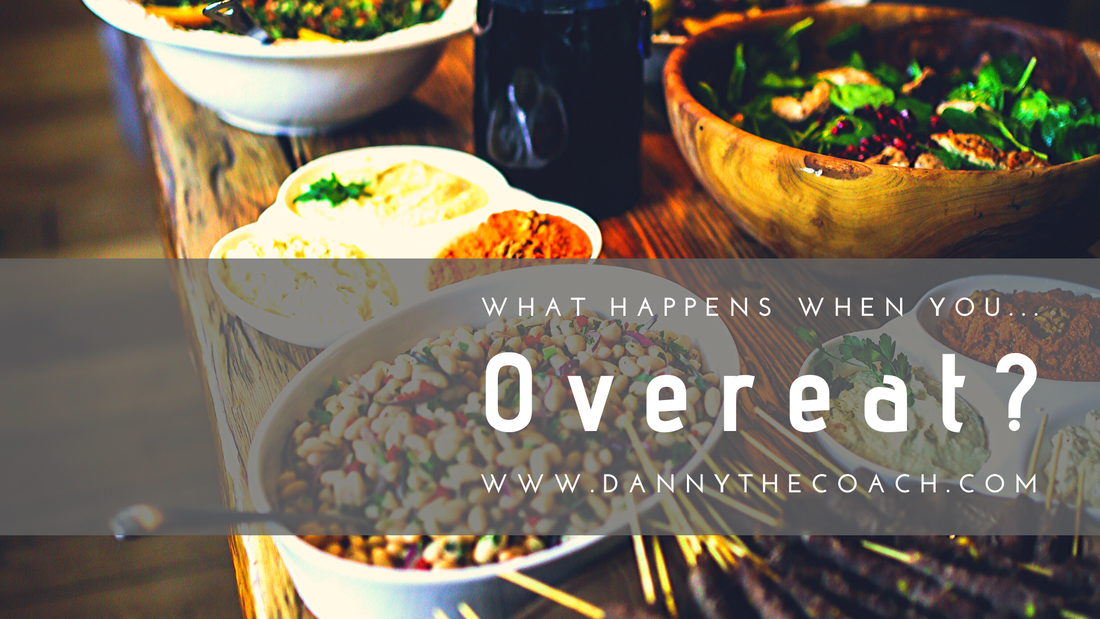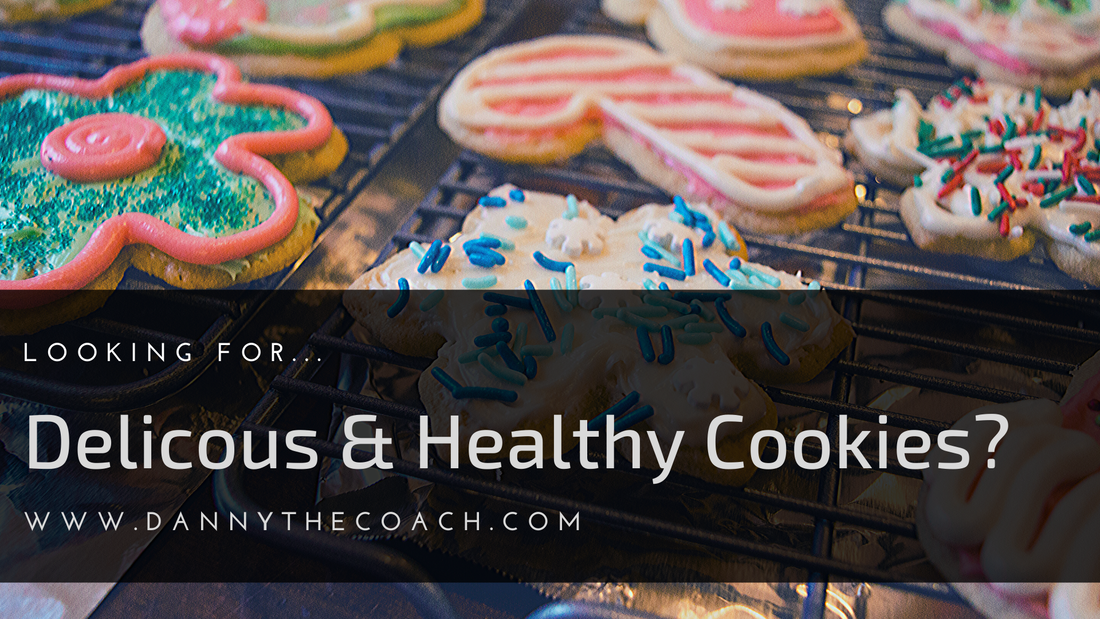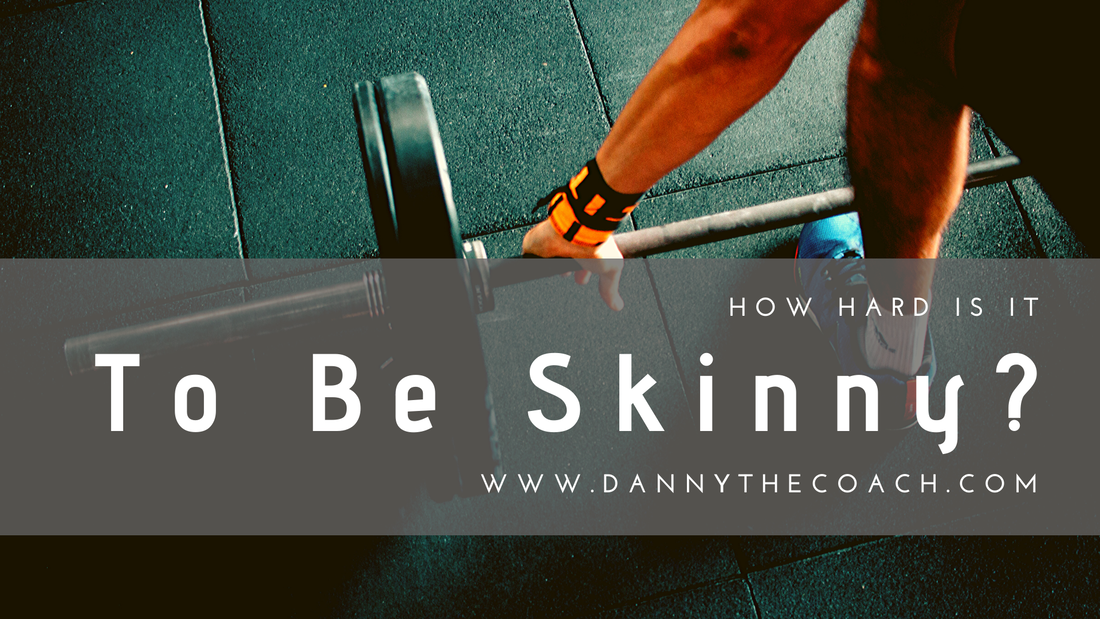|
Overeating and what happens to your body. Post-Binge Biology (and 8 Things To Do Afterward)
Feasts happen on a regular basis. Candy is given and received as gifts. And there are parties immeasurable, at work, with family, with friends, where calorie-dense, rewarding food is handed out, like, well, candy. The holiday season is a practice in overeating, and it can be very hard to avoid. You may not want to even avoid it; there’s something to be said for letting loose now and again on special occasions, especially when holiday cheer is in the air. But what happens to your body when you overeat? And what can you do about it? The type of overeating most people do across the holidays is high-sugar, high-fat, and relatively low protein. These are your cakes and cookies. Your brownies and fudge. Your pie for breakfast. This is the worst kind of overfeeding you can do. Research shows that just six days of high-sugar, high-fat, low-protein overfeeding rapidly increases fat deposition in the liver and muscle. Seven days of overfeeding reduces whole body insulin sensitivity, inhibits glucose clearance, and impairs endothelial function. If you keep doing it, say, over the course of a month, bad things pile up. You get incredibly insulin resistant. Your liver fat increases. Your body weight and overall body fat increase. Your C-reactive protein increases, an indication of inflammation. A class of antioxidants called plasmalogens also increase, which means your body is fighting oxidative stress. One problem with the studies is that you have to distinguish between quality and quantity; overfeeding with different foods elicits different effects. For instance, in the study that looked at overfeeding’s effect on lipid metabolism, the subjects overate by eating more cookies, potato chips, and cheesecake and drinking an oil-based liquid supplement. Overeating a bunch of that junk food is different than overeating steak. In fact, research shows that overfeeding protein has little to no impact on fat or weight gain compared to carbohydrate or fat overfeeding. Also consider individual variability. Some people are “obesity prone.” Others are “obesity resistant.” In one study, obesity prone and obesity resistant subjects had different responses to three days of overfeeding. The obesity prone people saw their fat oxidation rates drop during sleep; they burned less fat. The obesity resistant subjects saw their fat oxidation rates unchanged during sleep; they continued burning fat like normal. So, when we talk about the effects of overeating, we have to keep in mind that the effects will differ between individuals and vary if you’re eating a pound of roast lamb versus eating half a pie. But the general point still stands: Overeating can make you gain weight, gain liver weight, induce oxidative stress, cause insulin resistance, increase inflammation, and make you sicker, fatter, and more unwell the longer it goes on. Here are 8 tips for scaling back and minimizing damage.
Details to these 8 tips:
Source - click here.
0 Comments
Delicious Sugar Free Cookies The holiday season is time for family, celebration, and tasty food. While this can be a grand time to unwind and relax, many people tend to overindulge in many of the wrong foods, sending them several steps back in their health. Many people will choose to forgo the healthy eating for a few days and deal with the consequences later. But as many people would love to substitute traditional recipes for very similar ones that are more conducive to health. Look no further. Here you go – 4 of my favorite recipies: Keto Vanilla Almond Christmas Cookies
Ingredients:
Instructions:
Snickerdoodles Snickerdoodles are a classic holiday cookie. They are somewhat similar to the Vanilla Almond cookies, but with a winter spice added. The fiber and healthy fats make this a blood sugar friendly dessert recipe with the added anti-oxidant and blood sugar stabilizing benefits of cinnamon! If you are looking to make this holiday more of a ketogenic style, these are another great option.
Ingredients:
Instructions:
Snowballs This one is both nutrient-packed and festive. Combining a few simple ingredients and forming into shape makes for a simple, raw nutrition dessert that resembles a snowball! Please forgo the snowball fight with these, however. These use a combination of ground chia seeds, coconut flour, raw cacao powder, and natural sweeteners. Combined, these ingredients provide a powerful combination of omega 3 fats, plenty of fiber, and antioxidants.
Ingredients:
Optional Ingredients:
Instructions:
Banana Bread While this dessert is technically not sugar free, it is absolutely delicious and much healthier than what you could buy in a store. Made with whole-food ingredients, it is loaded with fiber, healthy fats, clean protein, and delicious flavor. If you are a banana bread person, definitely give this one a try this holiday season. It will fill your home with a delicious soul-warming smell that is perfect for the holidays. If you love banana bread and are concerned about the extra sugar, you can even substitute keto maple syrup or liquid stevia for the honey and maple syrup. Grain Free Banana Bread
Ingredients:
Instructions:
Let me know if you have any questions. Contact Us. Source - click here. Is It Harder to Be Skinny Today Compare to The 80-is?
This article below explains why it may be harder today to be skinny compare to 20 years ago. Keep on reading! If you have questions, let's connect! A study finds that people today who eat and exercise the same amount as people 20 years ago are still fatter. The 2016 study published in the journal Obesity Research & Clinical Practice found that it’s harder for adults today to maintain the same weight as those 20 to 30 years ago did, even at the same levels of food intake and exercise. The authors examined the dietary data of 36,400 Americans between 1971 and 2008 and the physical activity data of 14,419 people between 1988 and 2006. They grouped the data sets together by the amount of food and activity, age, and BMI. They found a very surprising correlation: A given person, in 2006, eating the same amount of calories, taking in the same quantities of macronutrients like protein and fat, and exercising the same amount as a person of the same age did in 1988 would have a BMI that was about 2.3 points higher. In other words, people today are about 10 percent heavier than people were in the 1980s, even if they follow the exact same diet and exercise plans. "Our study results suggest that if you are 25, you’d have to eat even less and exercise more than those older, to prevent gaining weight,” Jennifer Kuk, a professor of kinesiology and health science at Toronto’s York University, said in a statement. "However, it also indicates there may be other specific changes contributing to the rise in obesity beyond just diet and exercise." Just what those other changes might be, though, are still a matter of hypothesis. In an interview, Kuk proffered three different factors that might be making harder for adults today to stay thin.
The fact that the body weights of Americans today are influenced by factors beyond their control is a sign, Kuk says, that society should be kinder to people of all body types. "There's a huge weight bias against people with obesity," she said. “They're judged as lazy and self-indulgent. That's really not the case. If our research is correct, you need to eat even less and exercise even more” just to be same weight as your parents were at your age. Source: The Atlantic - click here |
Author
DannyTheCoach Archives
January 2023
Categories
All
|




 RSS Feed
RSS Feed